After eight years of waiting, Nintendo has finally presented its Switch 2 in detail. 01net.com was able to get their hands on it ahead of its release at the Grand Palais in Paris, during an event organized by the Kyoto-based company. Here are our very first impressions.
A lightweight and more premium design
The first thing that jumps out at us: despite its significantly increased size, the console is surprisingly light. We were expecting a liner like Steam Deck, Rog Ally and others, next to which the Switch 1 almost seemed like a toy, but Nintendo has managed to find a middle ground. This is good news for long gaming sessions or for playing lying down or sitting down without having your arms get too tired.
Perhaps this plays a role in its lightness, but the console is also quite flat in the hand. Gone is the rather rounded design of the first Switch; the entire front panel gives the impression of a tray, accentuated by the rather prominent edges that contrast with the previous philosophy. These edges are slightly flattened to avoid the slightly sharp side that one might have feared. The result is a very satisfactory grip, except for one point: we would have liked handles or a little more depth at the level where the hands rest. This is the choice made by the Steam Deck or the Asus ROG Ally X and it is somewhat lacking on the new Nintendo console for absolute comfort.
Last point on the design: the new coating adopts a silkier and softer touch that is very successful. The Pro controller goes a little further with yet another coating that is just as pleasant. The console as a whole gives an impression of greater robustness than the old plastic of the Switch 1. Not sure that this will help swallow the pill of the console's 470 euro price, but the progress is definitely there.
The screen: no OLED but a good LCD
A word about the LCD screen that has already caused a lot of ink to flow. Admittedly, it is not an OLED panel, but the 7.9-inch Full HD and HDR-compatible LCD selected by Nintendo seemed to do a very good job. The colors are more vibrant than on the previous Switch 1 LCD, the gain in pixels offered by the new definition is felt well.
If there's one concern, it's the brightness, but we couldn't adjust it during testing. The screen's brightness seemed to leave plenty of room for reflections as well. It's a safe bet that an anti-reflective coating is a must-buy.
The new features really change the experience
Now for the features that mark the console's launch. The new vibration motor, mouse mode, and magnetic attachments are the ones that struck us the most.
HD Rumble 2: a joy with the controller in hand
The new vibration motor is a real treat; beyond the console's graphics, it's undoubtedly the point that should bring the biggest improvement in gaming comfort. There are three intensity levels that will adapt depending on the situation, and the localization is spot on. A demonstration in the Nintendo Switch 2 Welcome Tour, a sort of technical demonstration of the console, allows you to experience it, for example, with a simulation of some rather impressive maracas. You really feel like you can feel the little balls hitting the palm of your hand.
A slightly more classic example, in the new Mario Kart World that we were able to try out in a short demo, the vibrations were also fully expressed. The slightest shell, the slightest change in terrain (passing through mud, water, etc.), the various movements of the game (jumping, skidding, etc.) everything is a pretext to deploy a slightly different vibration.
Mouse mode: the chef's surprise
"I was playing PC games, and I realized that the mouse experience was fun and engaging. I said to myself: why not bring it to the Switch 2?" That's where the idea came from, explained very simply Kouichi Kawamoto, the console's producer, during a round table in which 01net.com participated.
We didn't expect much from this mouse mode, as the one on a Lenovo Legion Go hadn't particularly won us over. Well the least we can say is that it greatly surprised us, and in a good way.
The responsiveness of mouse mode, as well as its precision, are simply excellent. You can allow yourself micro-movements to avoid an enemy, adjust a shot, or aim at a small interface element. The manufacturer still recommends installing an additional accessory to help the glide go smoothly, which adds pads that slide onto the edge of the Joy Con.
To test mouse mode in real conditions, we tried playing the demo of Metroid Prime 4: Beyond by placing the controller on our knees. And surprise, it worked very well. Nintendo had, it seems, anticipated this behavior on the part of players: "Very often, the coffee table is quite far away. So we made adjustments so that we can play on our knees."
The only problem we see lies in the size of the controllers, which do not, in fact, offer the same comfort as a good old mouse. A colleague who was testing the console next to us complained of arm pain. We didn't experience any of this. Let's hope the manufacturer releases a pro mouse controller to address users who encounter this kind of issue.
Magnetic Attachments
More anecdotally, the new magnetic attachments are a resounding success. The old system was seriously lacking in intuitiveness. Some people around us still haven't quite figured out how to do it...
So, out goes the rail system, in comes magnets. The small SL and SR buttons that are used when the controller is used sideways are now made of metal. They are gripped by two magnets located inside the console. A connector in the center allows charging and the passage of information between the controller and the console.
To detach the Joy Con, you have to press a button on the back. It's quite large and very easy to find. Once pressed, the top of the Joy Con pops out slightly from its rail and you just have to pull gently, and that's it. To replace it, it's even simpler, just bring the Joy Con close and poof, the magnet does the rest.
You don't even need to put it in the right way. In any case, the console will accept the Joy Con. We don't know if it works when attached upside down, as the console used for this little experiment was turned off. Joking aside, it wasn't uncommon to attach a Joy-Con upside down on the Switch 1, but detaching it could be particularly stressful as the rail system seemed to scream "why did you do that?" So the new system will save you those worries.
The remaining questions...
Nintendo didn't let us try out the console's interface or the new chat functionality gained with the new C button. The consoles shown during the hands-on were slightly modified versions that didn't allow you to launch the console's menu, so we can't tell you whether the console will benefit from a new interface or not. Let's hope this one will be smoother than the previous one. On that note, we have one hope: the console's producer, Kouichi Kawamoto. The latter indicated that he had particularly insisted with all the teams involved in the development of the console to make the eShop experience more pleasant. This suggests that such an effort was also made on the interface.

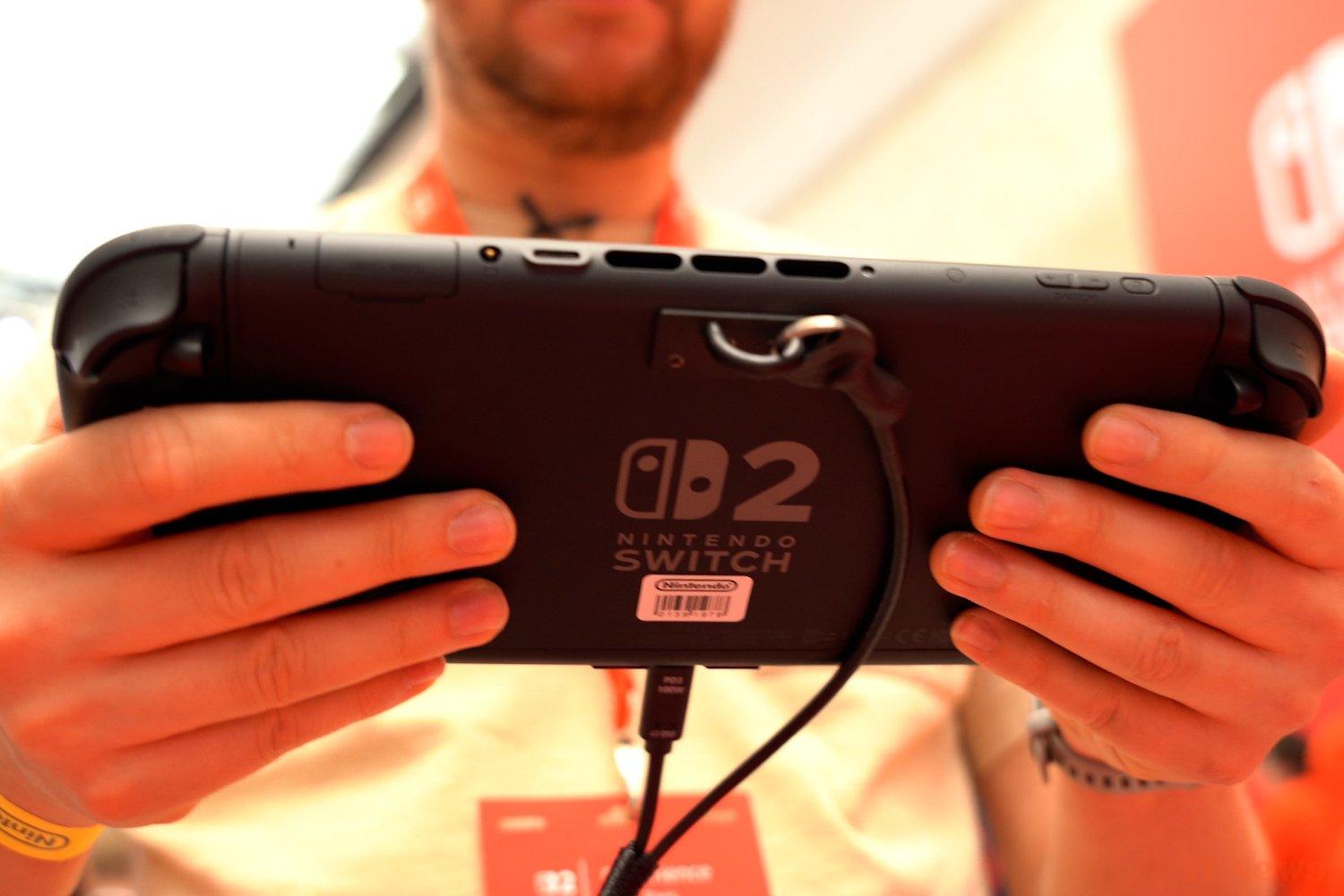
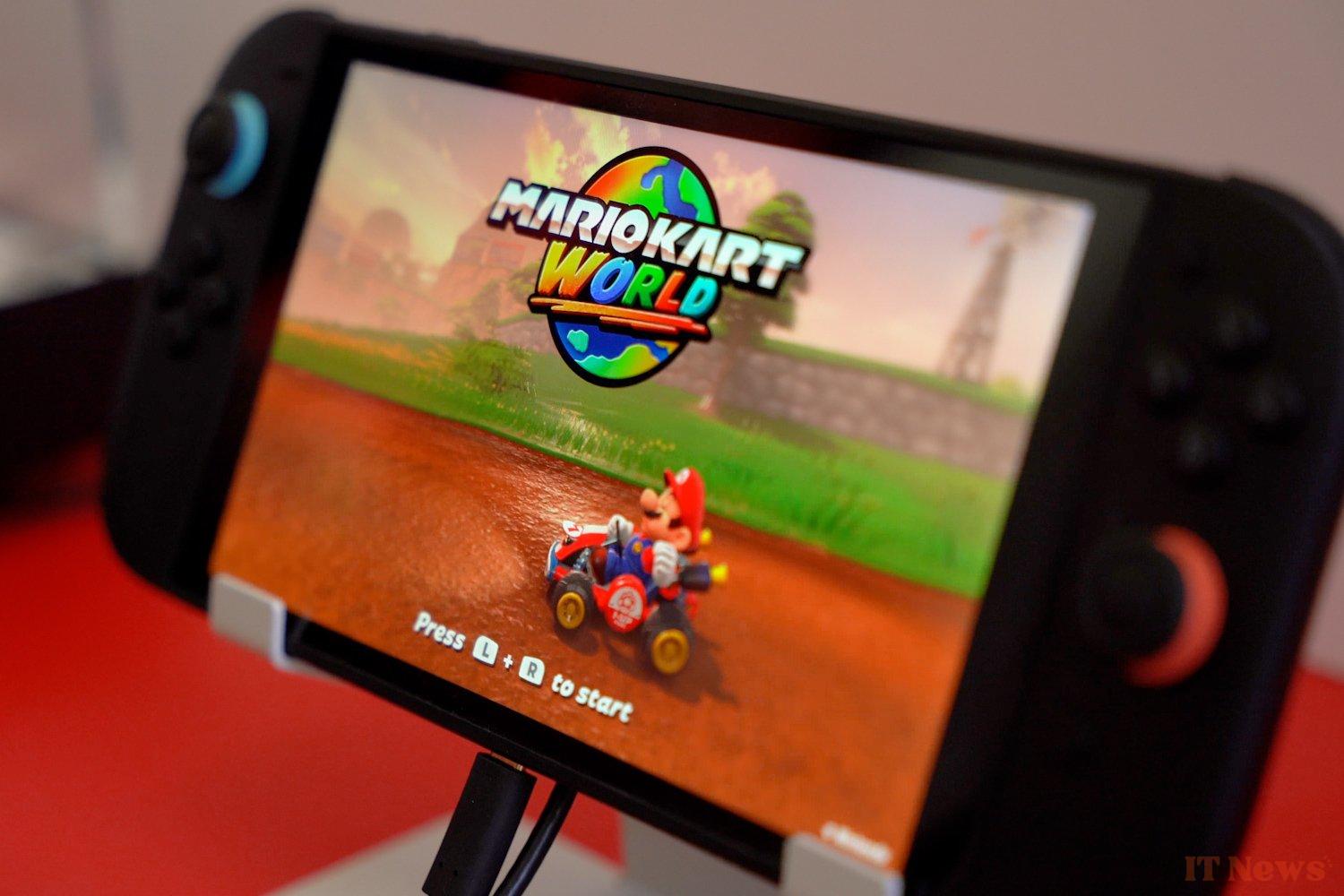
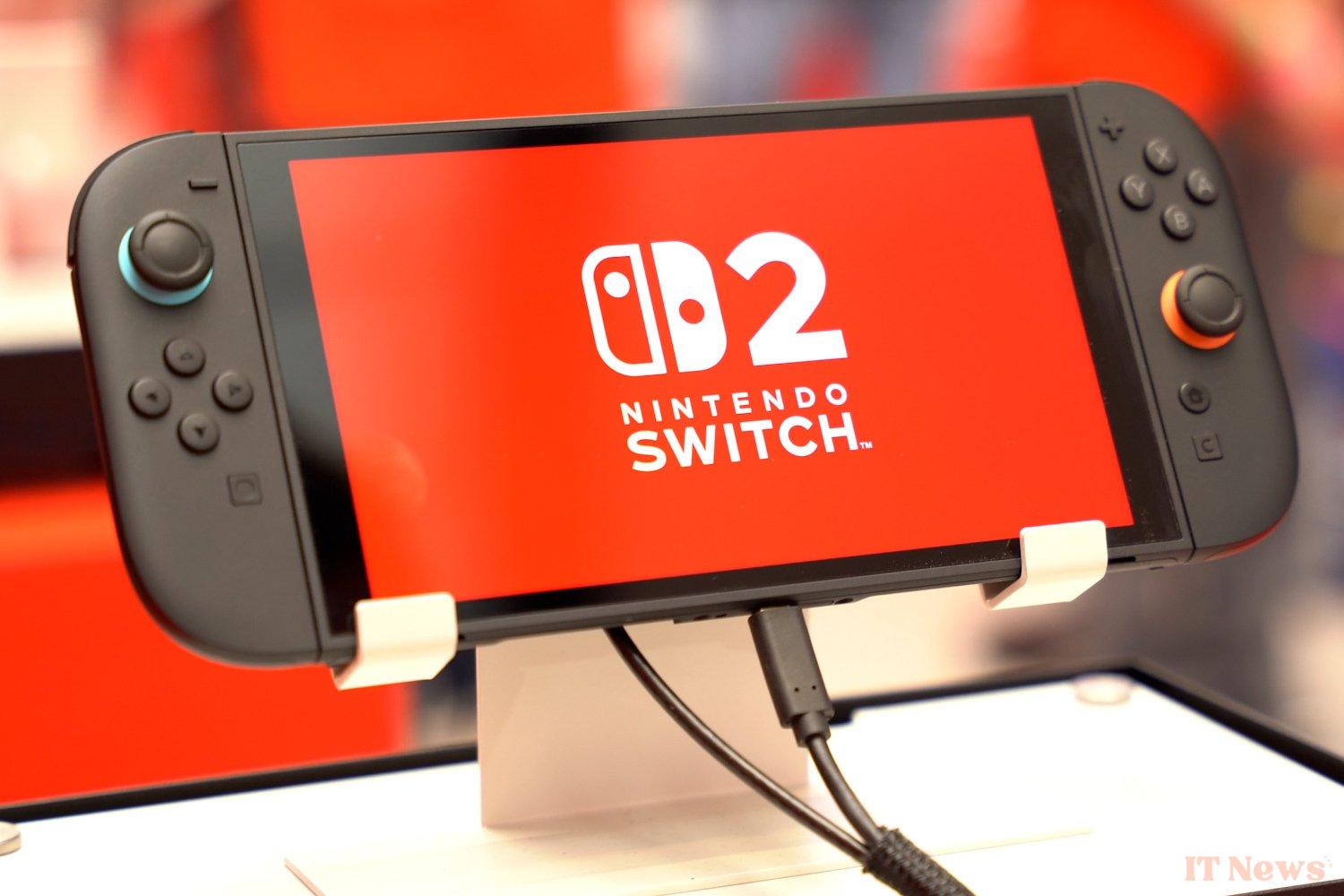
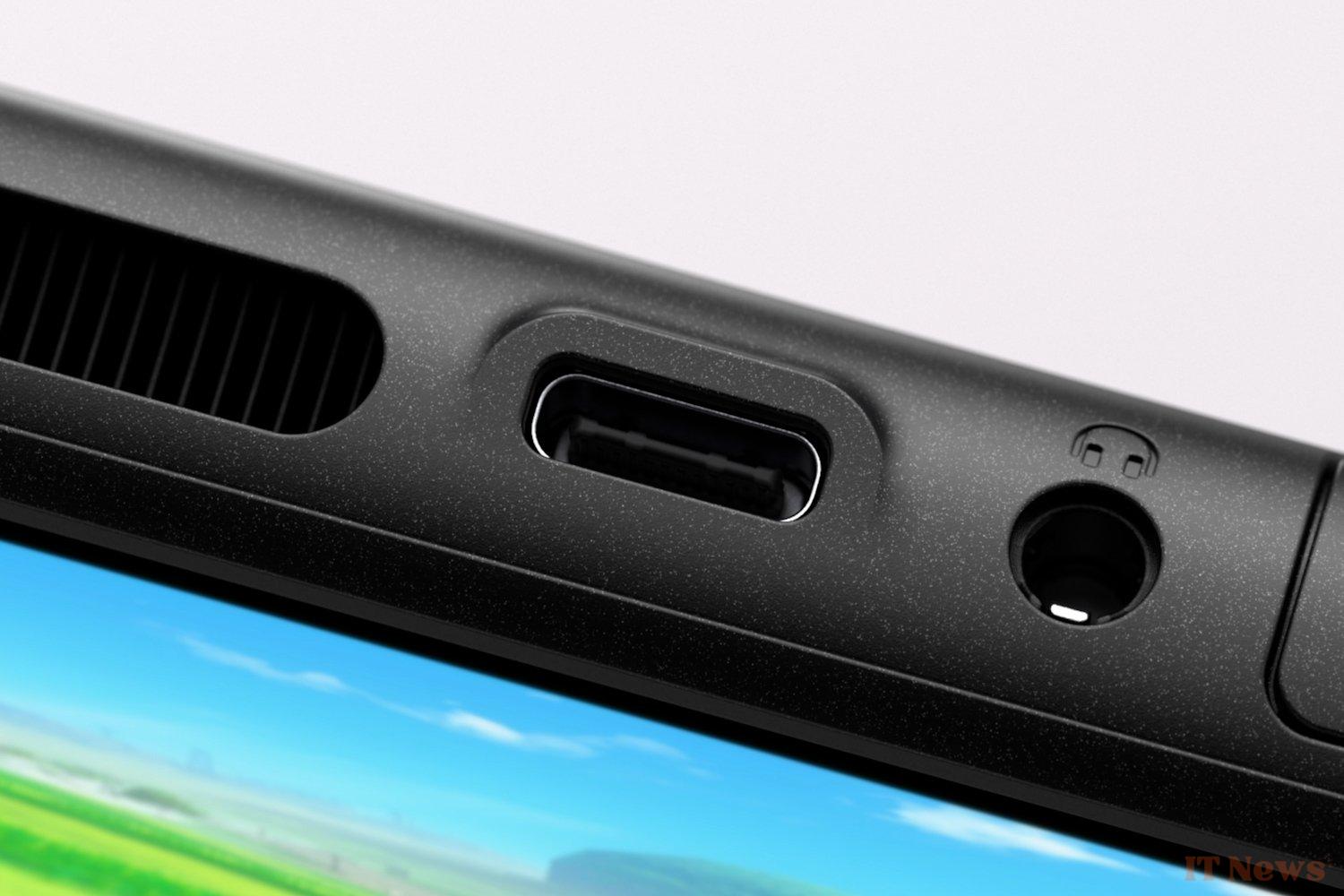
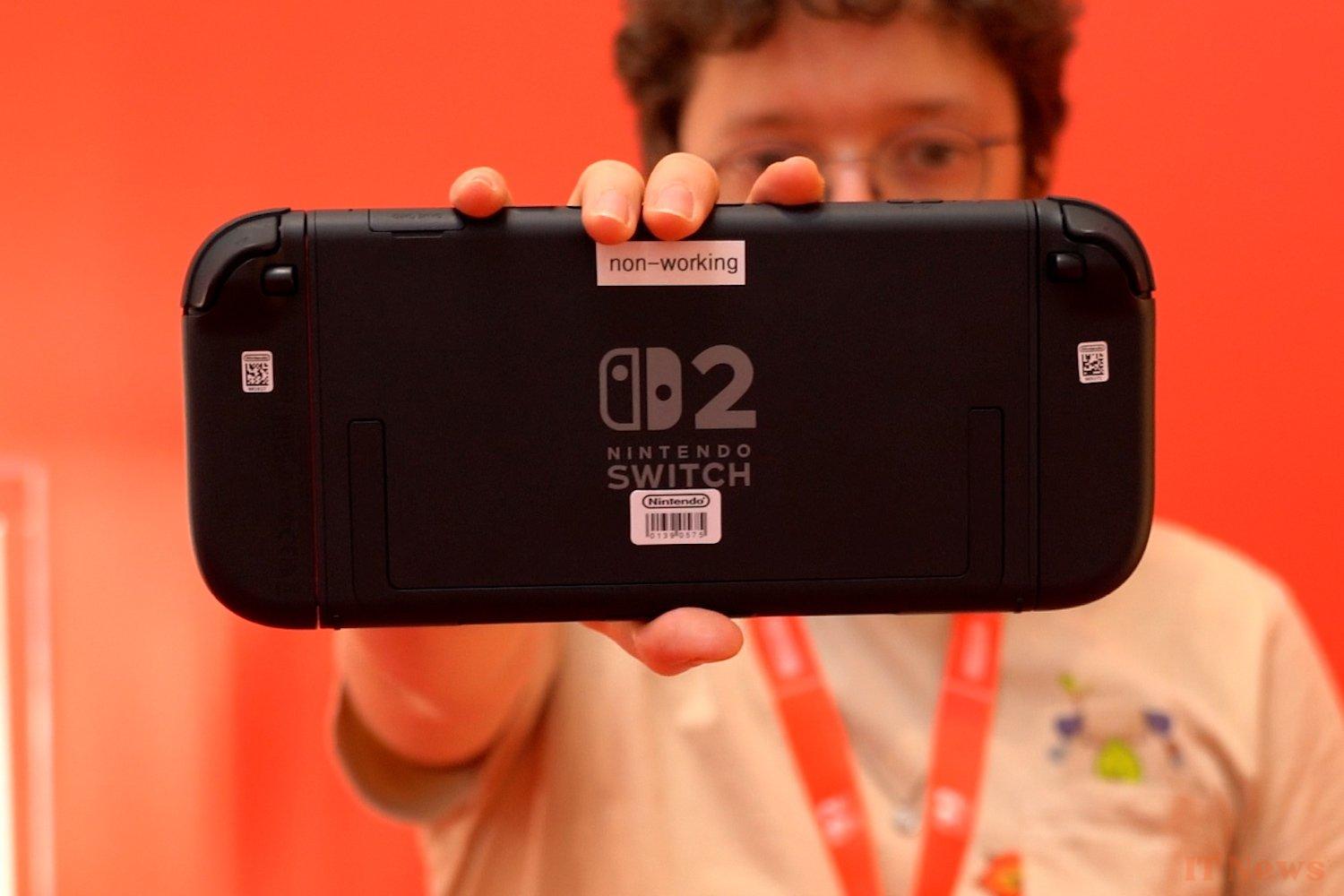
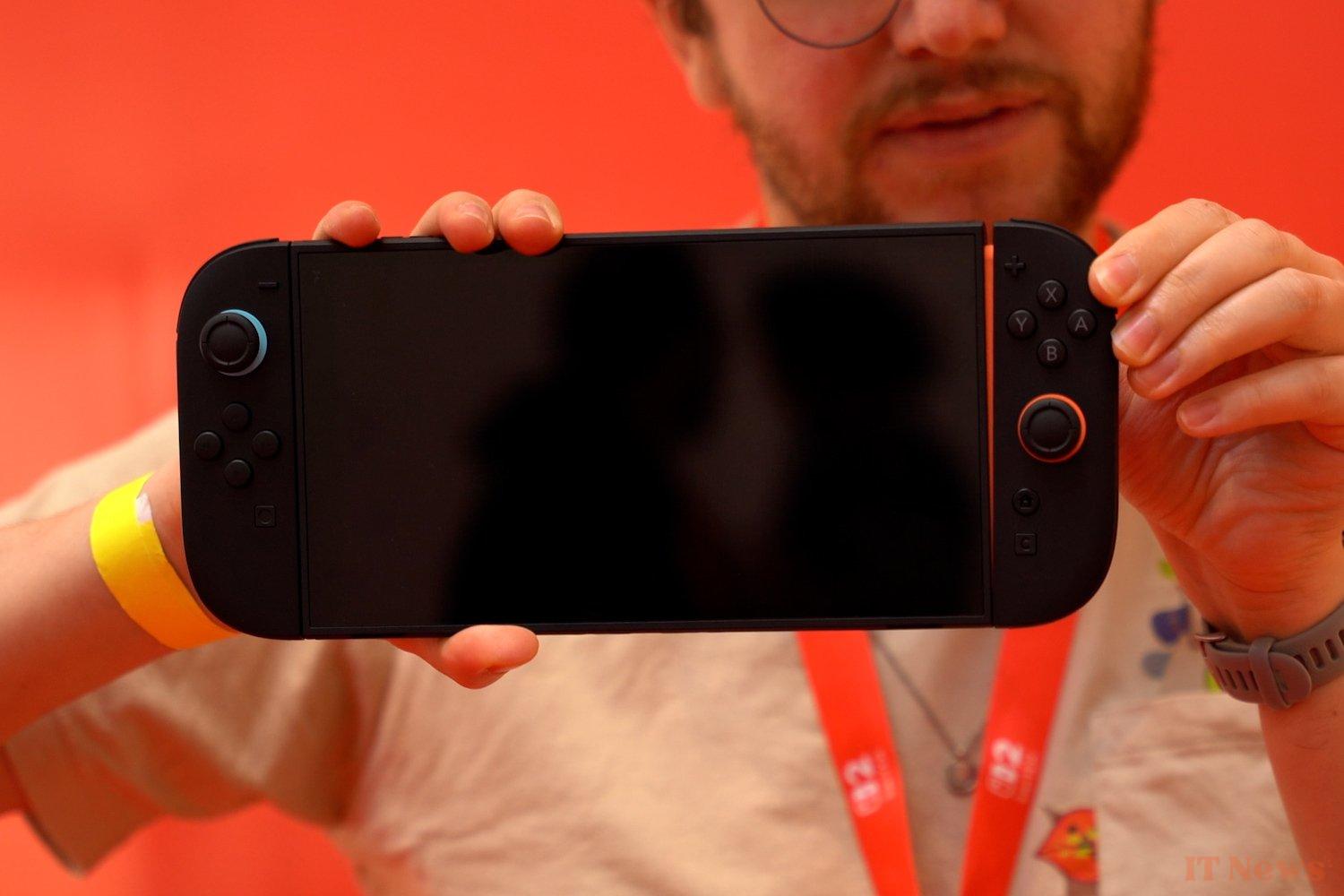
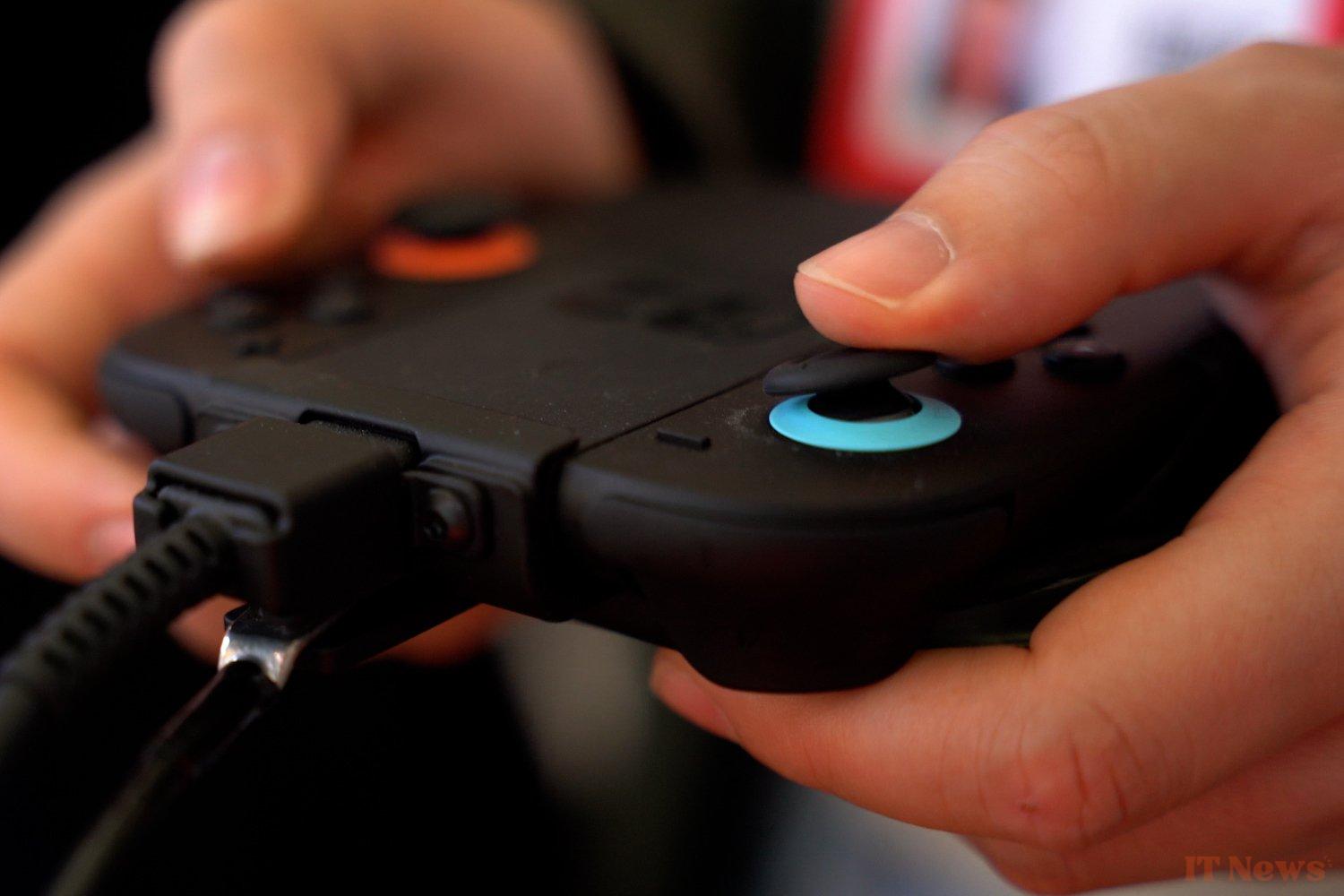
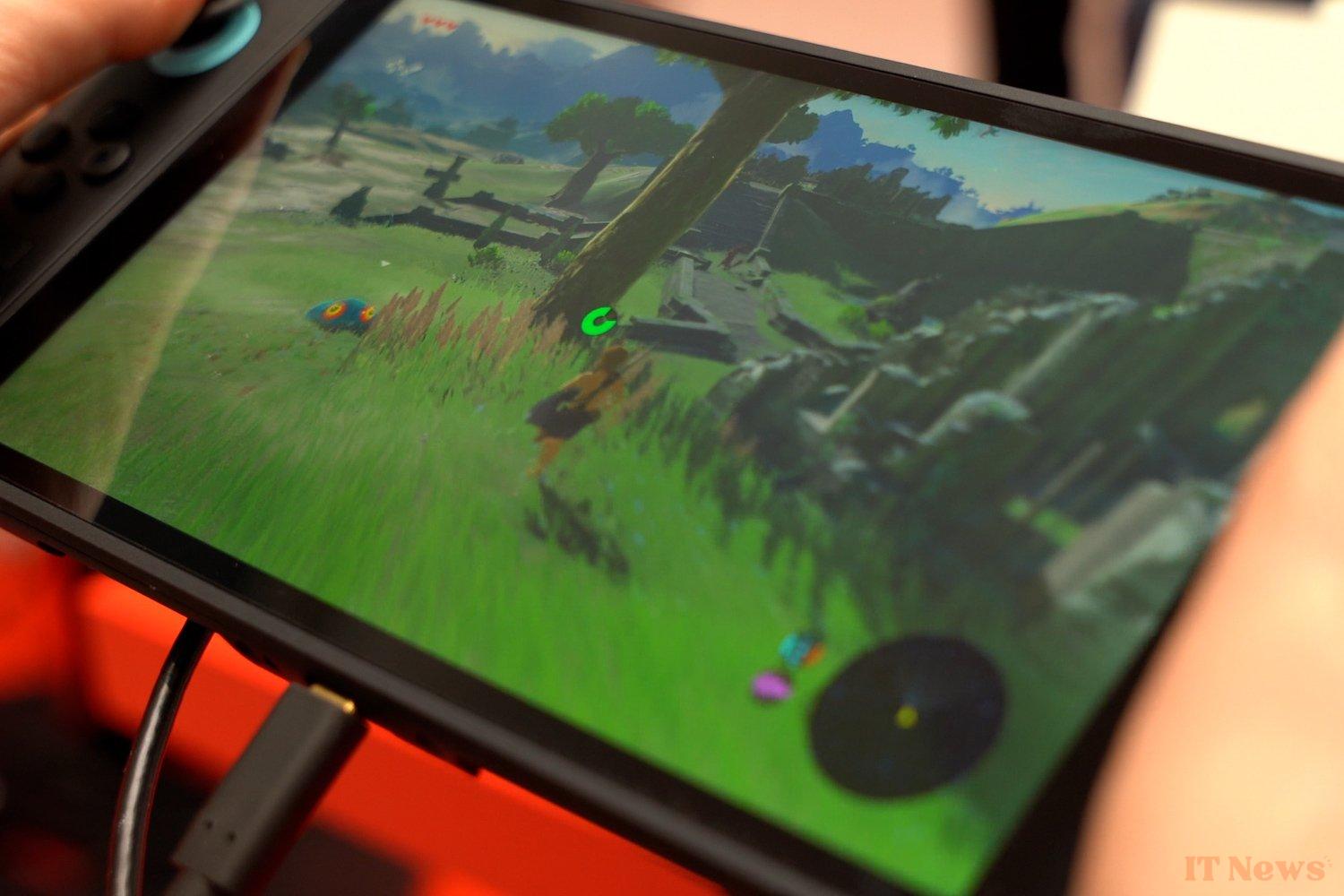
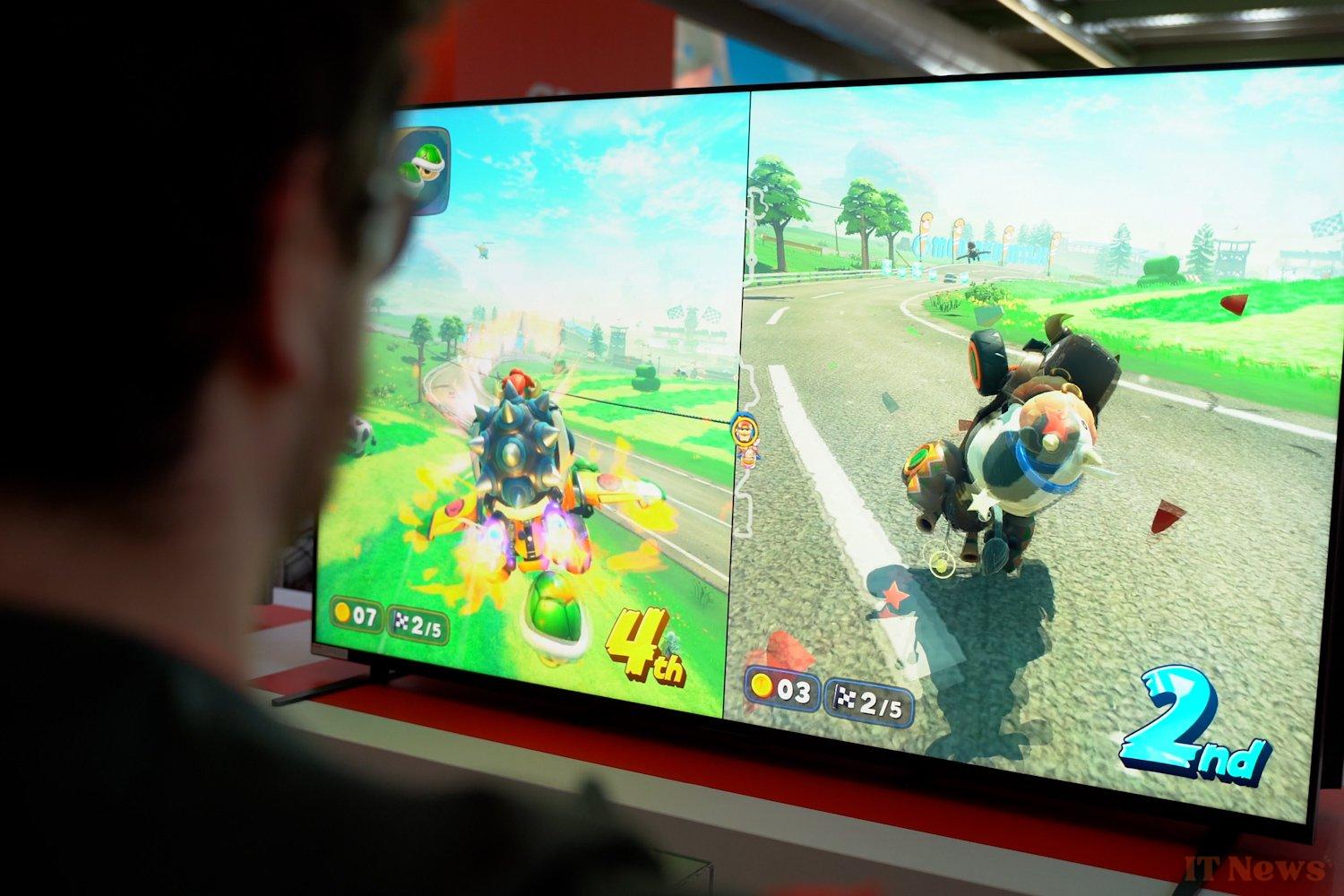
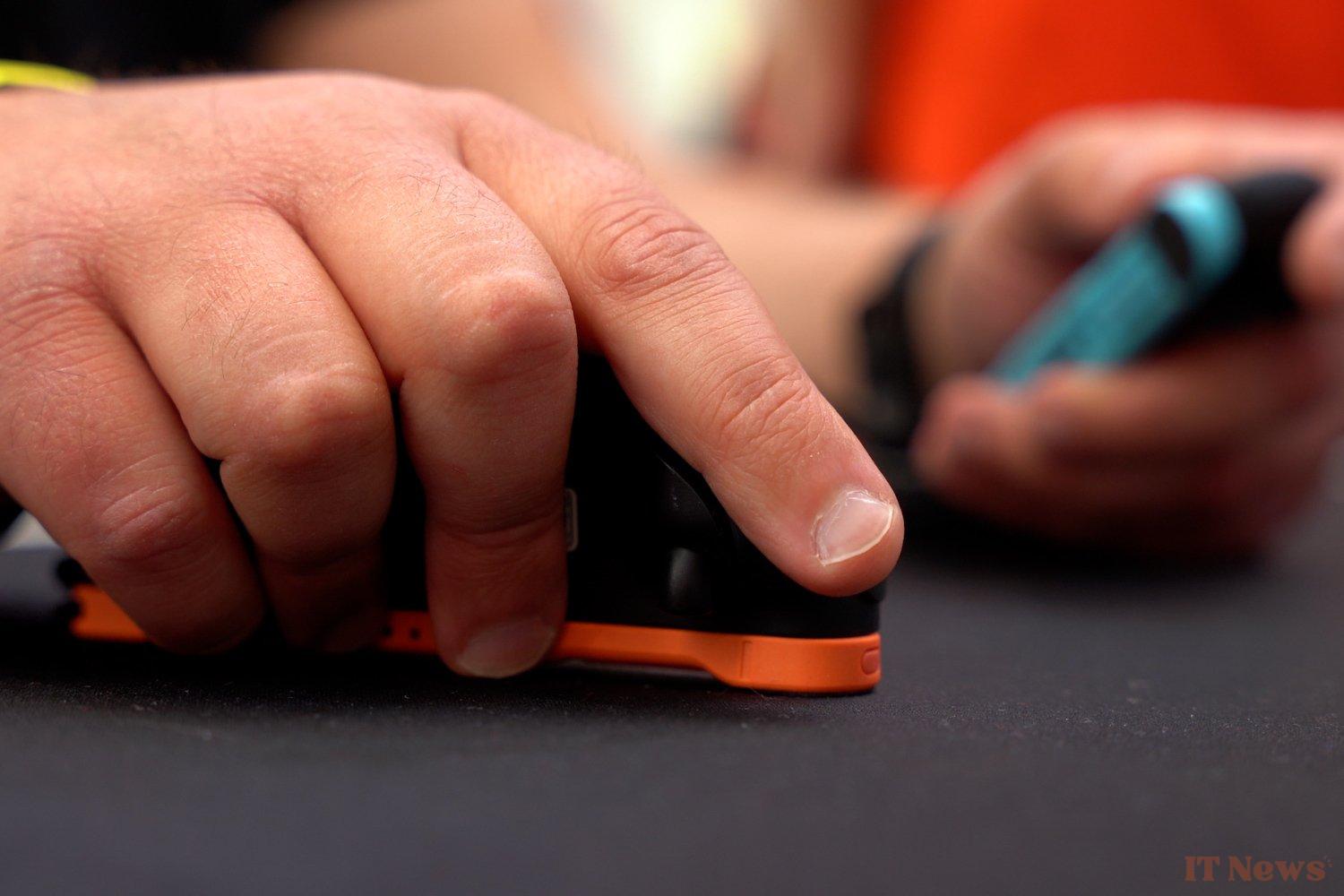
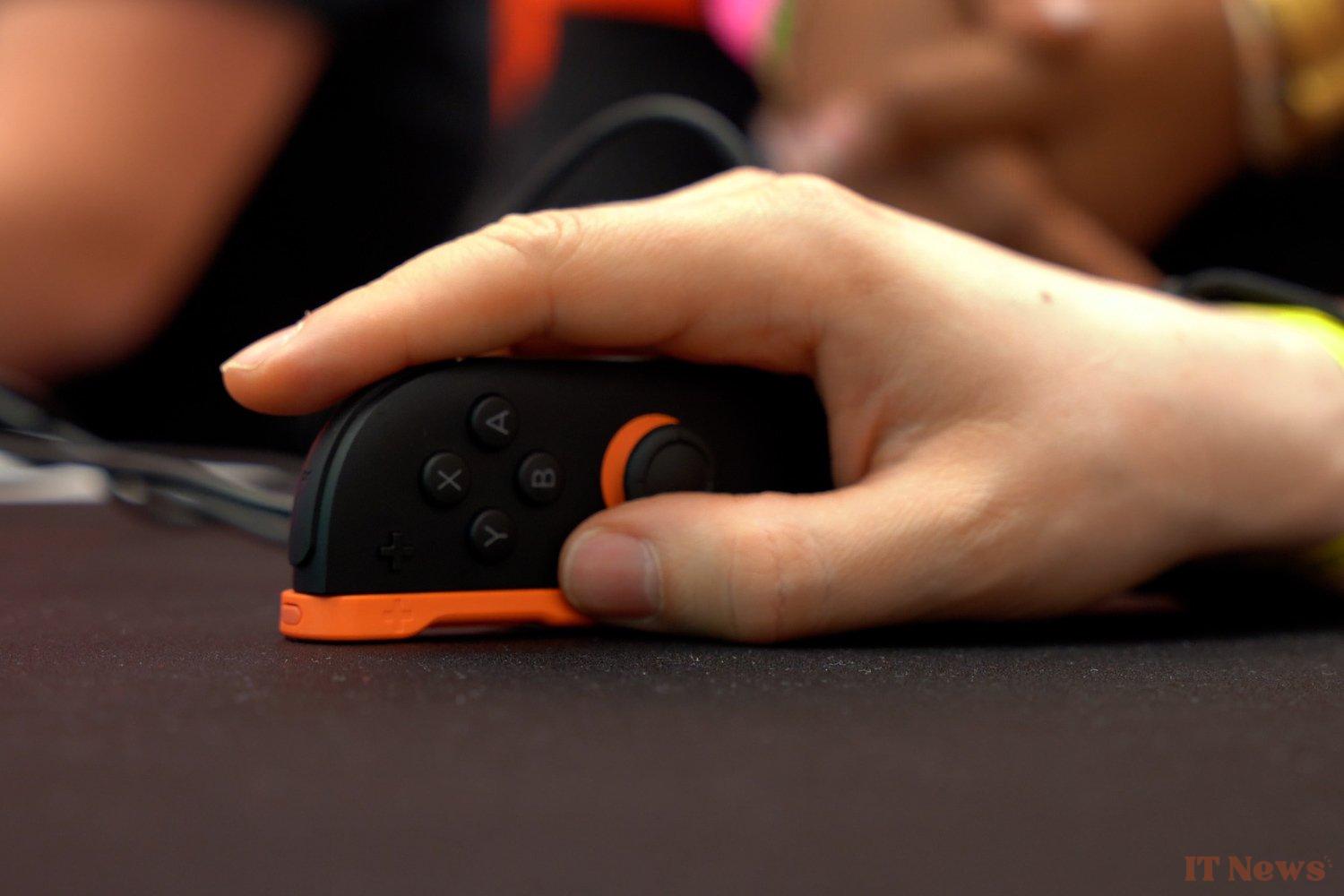
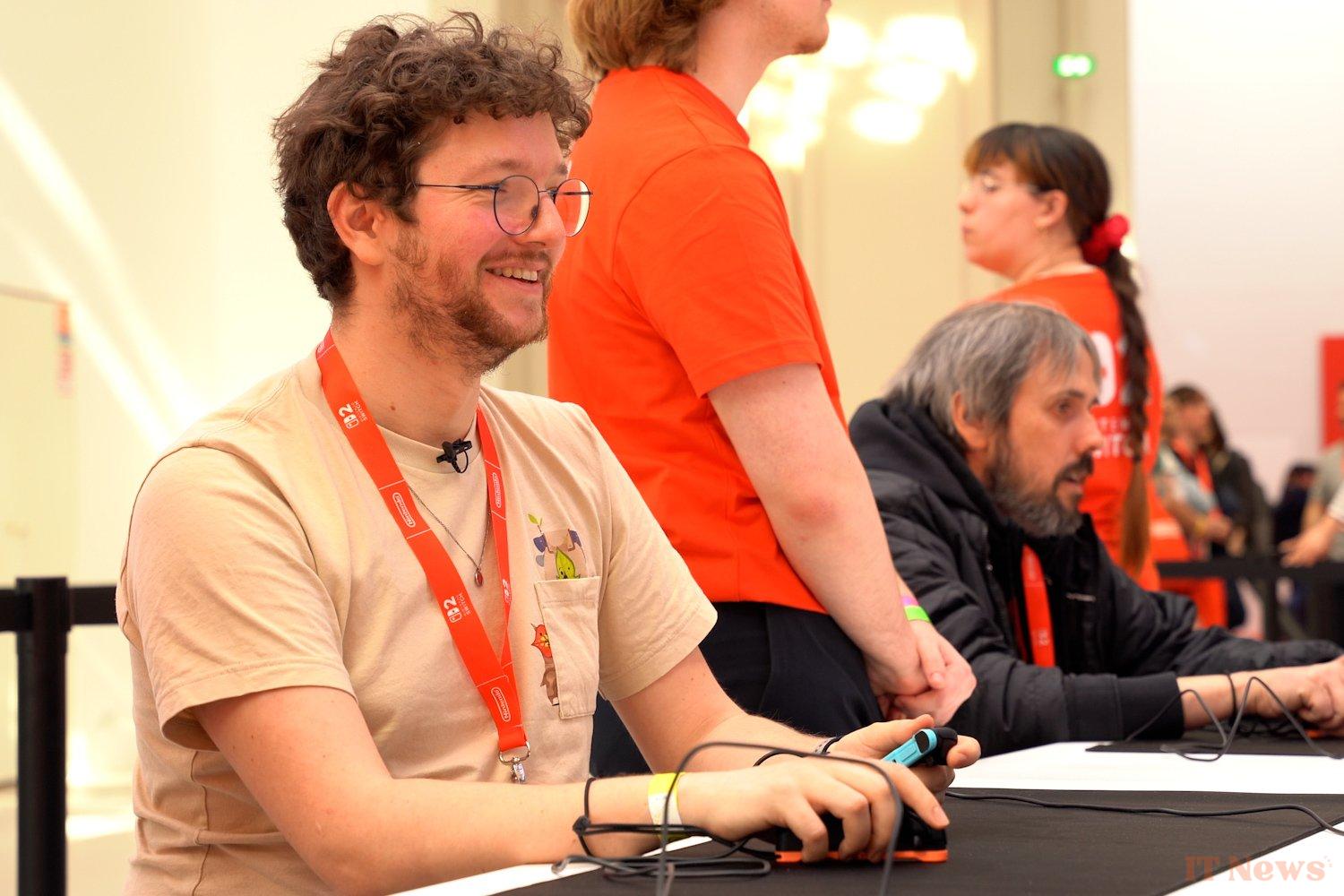
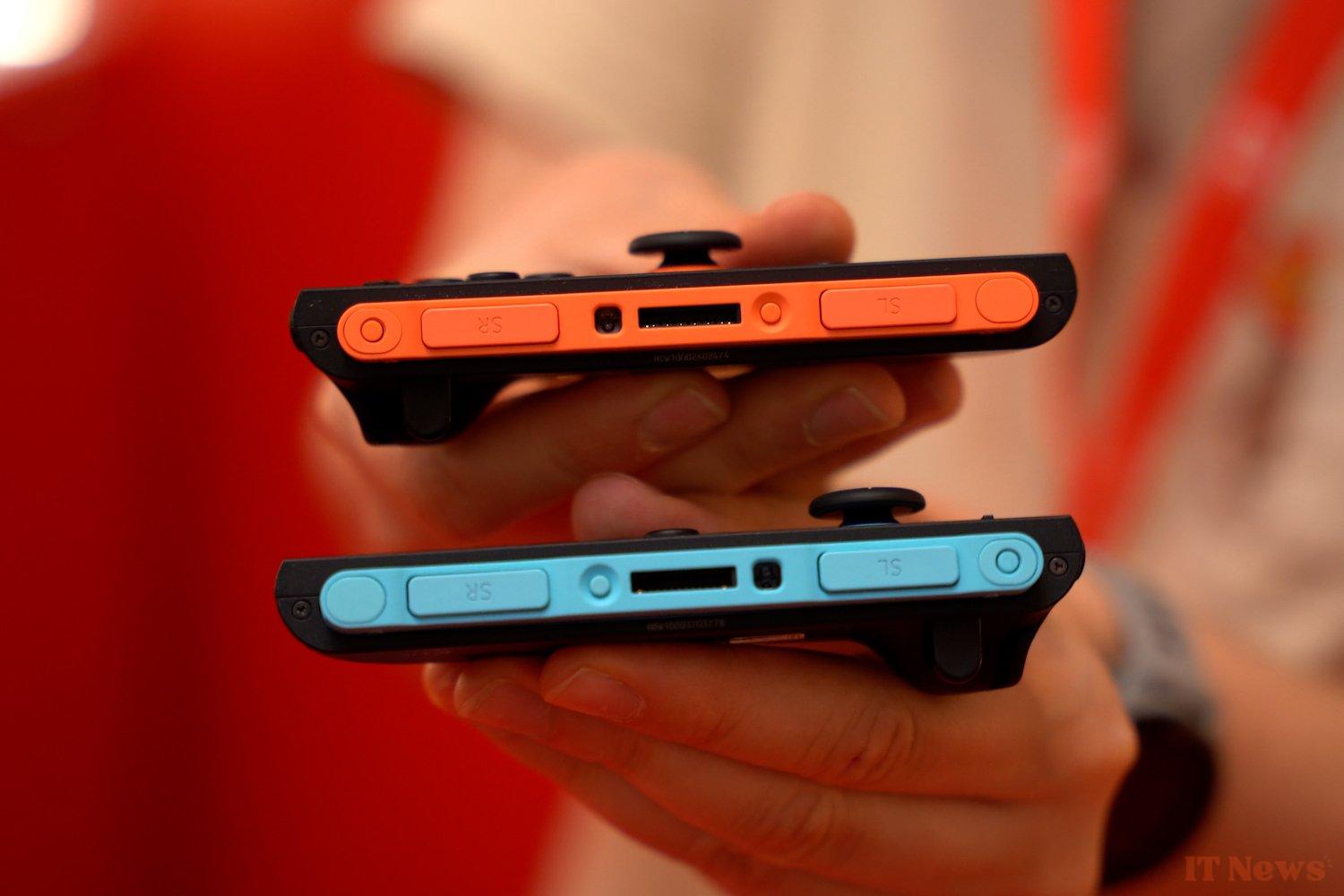
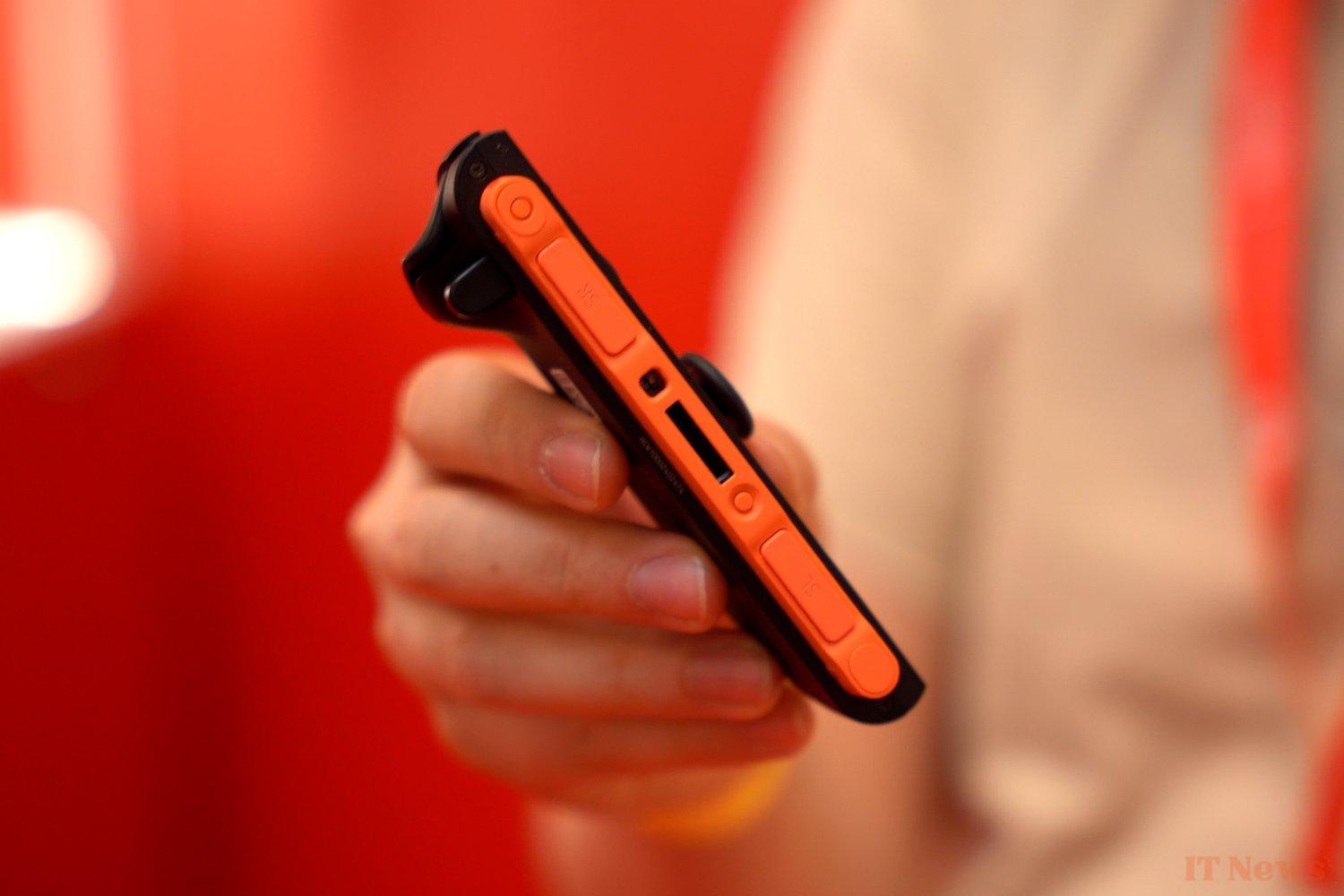
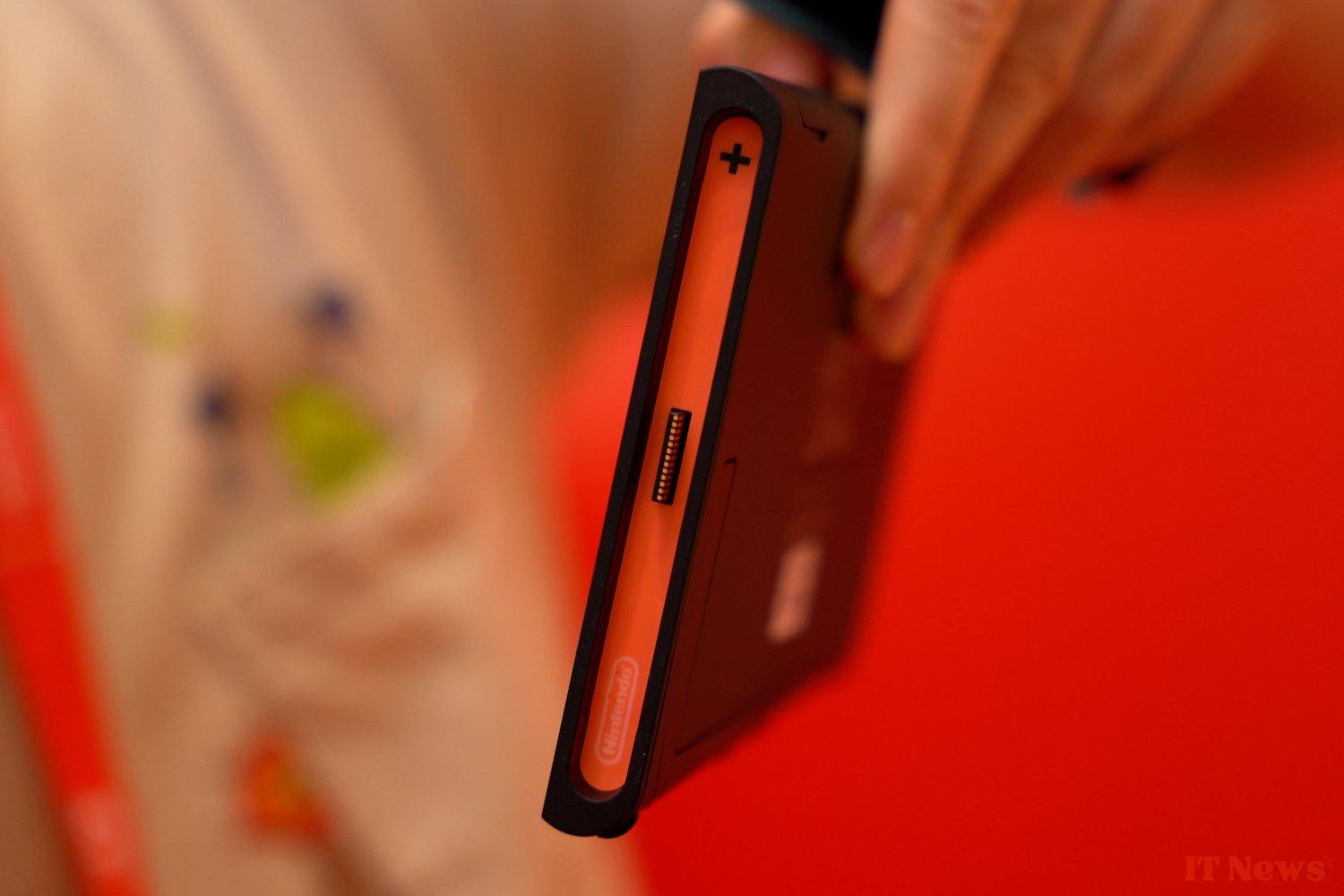
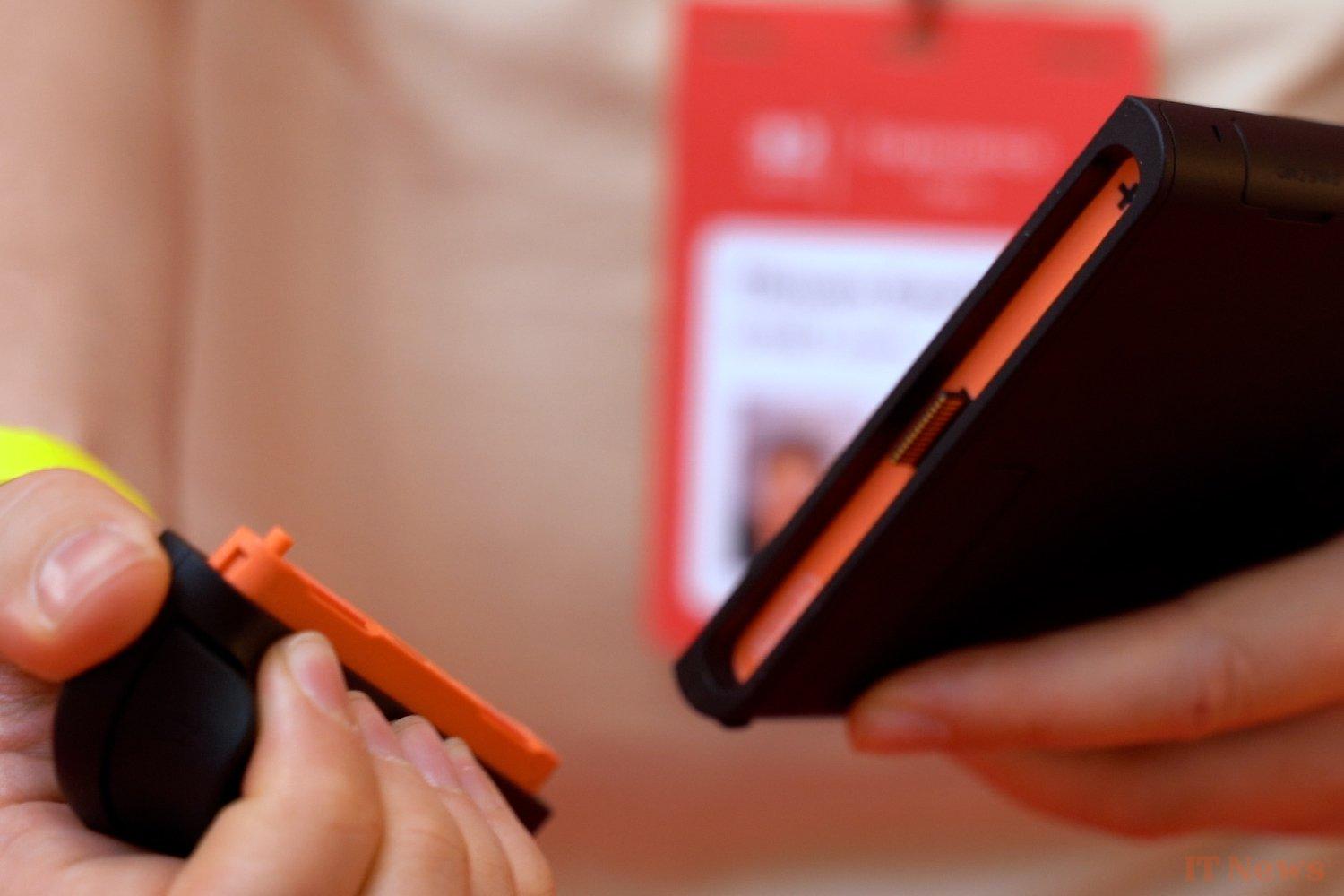

0 Comments